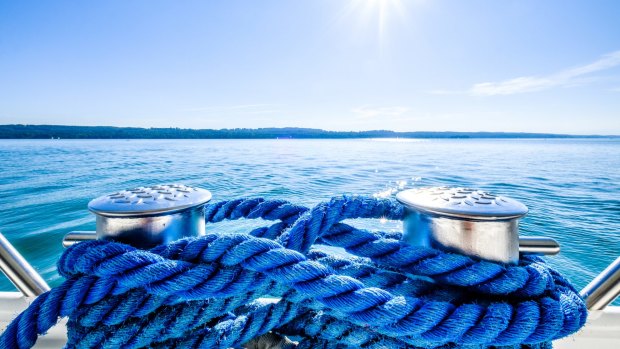This was published 4 years ago
Why do cruise ships use 'knots' to indicate their speed?

A ship's speed is given in knots, a measure dating back to the 16th century.Credit: iStock
The concept of knots originated in the late 16th century, when European navigators were making long ocean voyages.
Ship captains needed to know how fast they were travelling but lacking any reference point on land, their speed over water helped them pinpoint their location.
In order to determine their ship's speed, a sailor would toss overboard a chip log, a line with knots every 14.4 metres with a wedge-shaped piece of wood at the far end.
One sailor would count the number of knots that passed through his fingers during a 30-second interval and that's the ship's speed in nautical miles, knots for short.
A nautical mile is based on the circumference of the earth, equal to one minute of latitude or 1.852 kilometres.
Ships still use knots to express their speed, and since the airline industry has borrowed many of its concepts from nautical traditions, airline pilots will occasionally describe their speed in knots, although they don't work it out by tossing a line out the cockpit window.
Sign up for the Traveller Deals newsletter
Get exclusive travel deals delivered straight to your inbox. Sign up now.